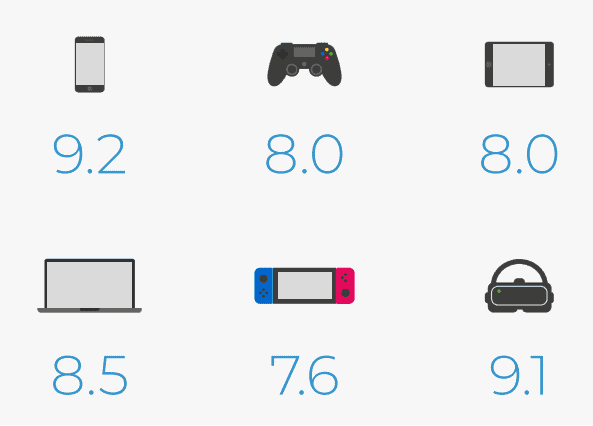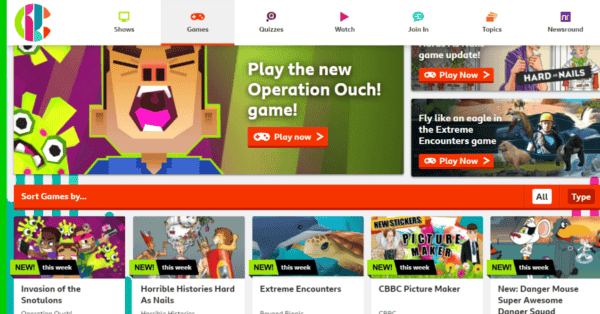Acronyms used in-game:
AFK – Away from keyboard
GLHF – Good luck have fun
n00b / Newbie – This is slang for a somebody with little experience or a beginner in the game
RTS – Real-time strategy
GTG – Good to go
PUG – Pick-up group (used in MMORPGs) – means a group that isn’t formed by people you know
OOC – Out of character – used when a character wants to break character
TLDR – Too long, didn’t read
IGM – name in-game
BBIAB – Be back in a bit
Beast mode – dominating the game
dl – download
Fail – Failure
FUBAR -Fouled up beyond recognition
PK – Player Kill
MOD – modified game by changing characters, introducing custom levels etc.
IRL – In real life
IDK – I don’t know
FTW – For the Win
PWN – owned / to gain ownership
IAP – in-app purchase
Gosu – someone who dominates that game (Korean term)
HF – Have fun
WOOT – used to show excitement
Types of gamers to watch out for
Campers – players who attack other players to gain an advantage
Cheaters – exploit the games bugs or errors in the code to gain an advantage in the game
Griefers – deliberately bully and harasses other players
Hackers – players who hack the game to find ways to cheat in the game
Trolls – Like Griefers these are players who incite hate in forums or in-game by targeting other people with abuse.
SMURF – This is an experienced player who pretends to be a new player to the game by creating a new account.
SCRUB – someone who does not play well or relatively new to the game (newbie)
Common acronyms and types of games
DLC – Downloadable content – additional downloadable content for a game distributed online
MMOPRG – Massive multiplayer online game – where a large number of players play together in real-time
RPG – Role-playing game (player controls an avatar in the game to play)
FTP – Free to play video games also known as free to start that have in-game purchases to access premium parts of the game
Sandbox – gives the player more freedom to roam and change the virtual world they are in (Minecraft is an example of such a game)
PvP – Player versus player – this is a type of gameplay in a multiplayer game
NPC – Non-player character – this is any game where you are not in control of the character (they might be controlled by the computer)
Grinding – time spent doing repetitive tasks in the game to unlock a piece of the game
Lag – when a computer game is responding slower than expected
Level up – where you move to the next stage of the game











